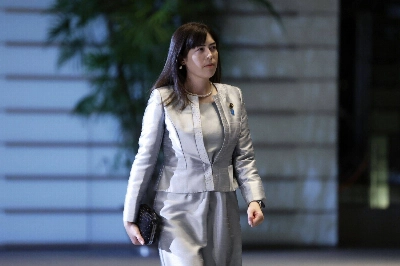Last month, the U.S. Federal Reserve initiated its first monetary-easing cycle in more than four years. With a 50-basis-point cut, the Fed brought the federal funds rate down from its 20-year high of 5.3% to a range of 4.75-5%. This is good news for China, which now has much more room to maneuver in its quest to reflate its economy.
Prior to last month’s rate cut, monetary policy in the United States and China were on sharply diverging paths. The Fed had raised its benchmark interest rate 10 times since mid-2022, while the People’s Bank of China lowered its key policy rate — the seven-day reverse repo rate — from 2.1% to 1.7%.
The PBOC would have eased monetary policy further, were it not for the interest-rate gap with the U.S., which was causing the yuan to depreciate against the U.S. dollar and depressing Chinese asset prices. That, together with a broader deflationary trend, rising geopolitical tensions and declining population growth, fueled capital outflows, which totaled a whopping $787.8 billion over the last three years.


















With your current subscription plan you can comment on stories. However, before writing your first comment, please create a display name in the Profile section of your subscriber account page.